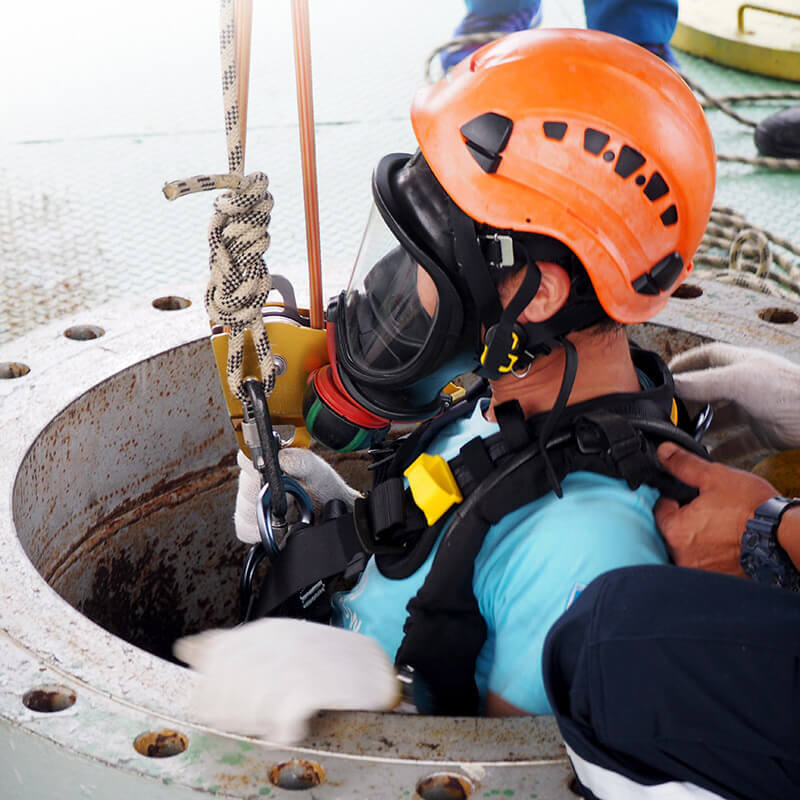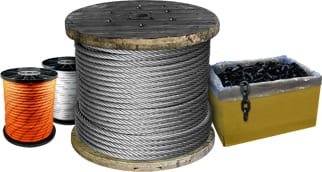Product Description
This weld-on rope hook is used for securing ropes or cables in various applications. It is specifically designed to be welded onto a metal surface, typically made of aluminum, to create a strong attachment point for ropes or cables.
The hook itself is made from durable aluminum, which provides strength while being lightweight and resistant to corrosion. It has a curved or U-shaped body that is open to allow for easy attachment and removal of ropes or cables.
The hook is installed by welding it onto a metal surface, such as a trailer, truck bed, or other load-bearing structure. The welding process creates a permanent bond between the hook and the metal surface, ensuring a secure and reliable attachment point.
Once the hook is welded in place, ropes or cables can be easily looped or attached to the open end of the hook. The curved shape of the hook helps prevent the ropes or cables from slipping off, providing a secure connection. This type of hook is commonly used in applications such as cargo securing, towing, and general load restraint.
The benefits of using a weld-on aluminum rope hook include:
-
Strength and durability: Aluminum alloy hooks offer a high strength-to-weight ratio, making them capable of withstanding heavy loads while being lightweight themselves. They are also resistant to rust and corrosion, ensuring long-lasting performance.
-
Versatility: The design of the hook allows for easy attachment and detachment of ropes or cables, making it versatile for various applications and load types.
-
Secure attachment: The closed end and curved shape of the hook help prevent ropes or cables from accidentally slipping off, providing a secure and reliable attachment point.
-
Customization: Weld-on aluminum rope hooks can be positioned and welded at specific locations to suit the user's needs, allowing for customization based on the application requirements.
It is important to note that welding should be performed by a trained professional to ensure proper installation and structural integrity. Additionally, regular inspections of the hook and the weld should be conducted to check for any signs of wear, damage, or fatigue that may affect its strength and reliability.
A weld-on aluminum rope hook is a versatile and durable hardware solution for creating a secure attachment point for ropes or cables in various load-bearing applications.
Specifications
Safety Notice
Although Bishop Lifting strives to manufacture and sell the highest quality rigging and safety gear, use of the gear is dangerous if not used correctly by competent trained professionals. Bishop Lifting disclaims any liability resulting from the misuse of its rigging and safety gear. Please take a moment to more thoroughly review our disclaimer.
Bishop Lifting rigging and safety gear is only intended to be used by competent trained professionals. Misuse of the rigging and safety gear can result in serious injury up to and including loss of life. As such, Bishop Lifting disclaims liability for any misuse or incorrect product selection by our customers.
Rigging and safety gear purchased from Bishop Lifting should be used in strict accordance with all industry and OSHA standards. At no time should rigging or safety gear be used beyond its certified load ratings (aka Working Load Limits). Normal wear and tear should be expected with use of rigging and safety gear; therefore, all gear should be thoroughly inspected before each and every use. Worn or unsafe rigging and safety gear should never be used.

















